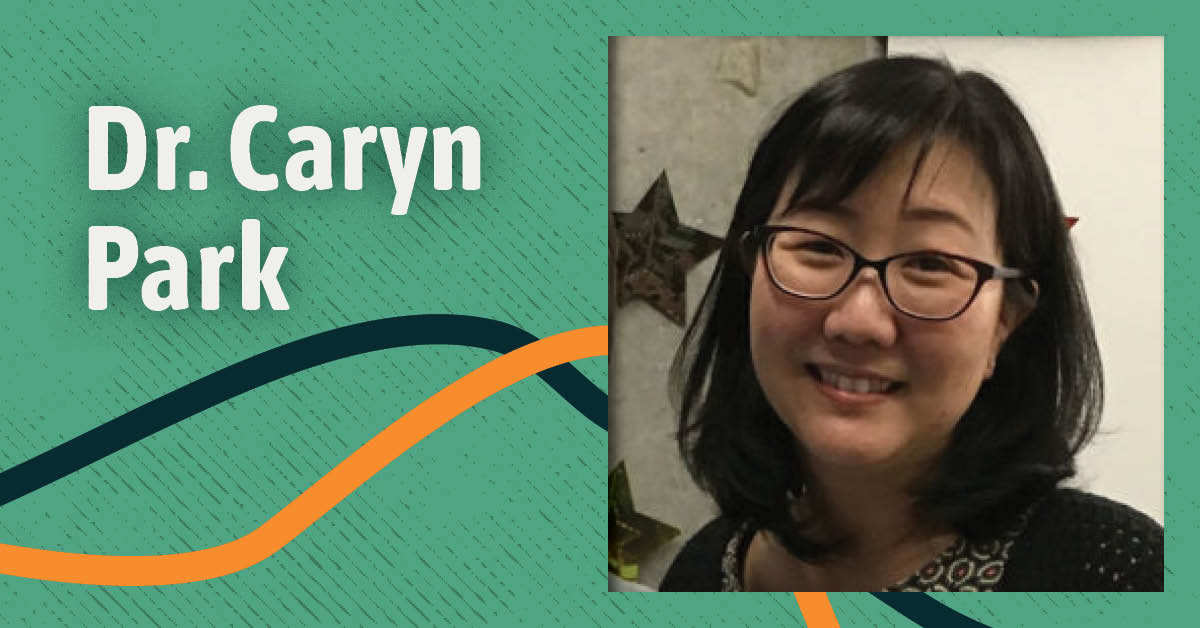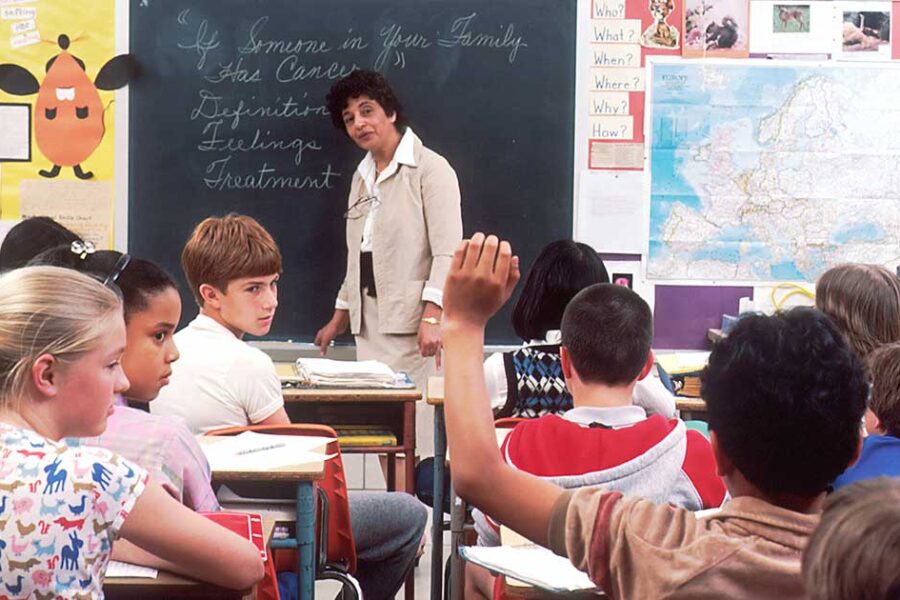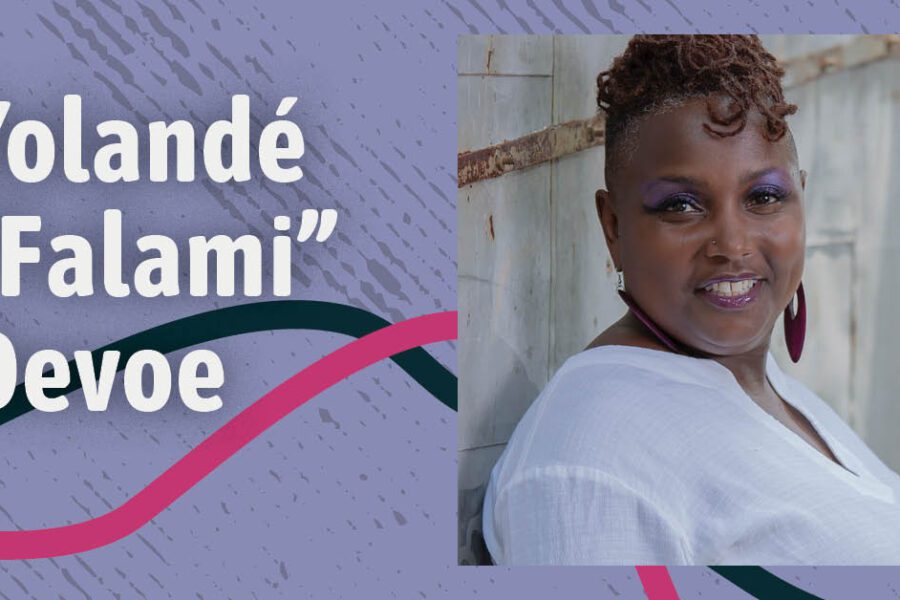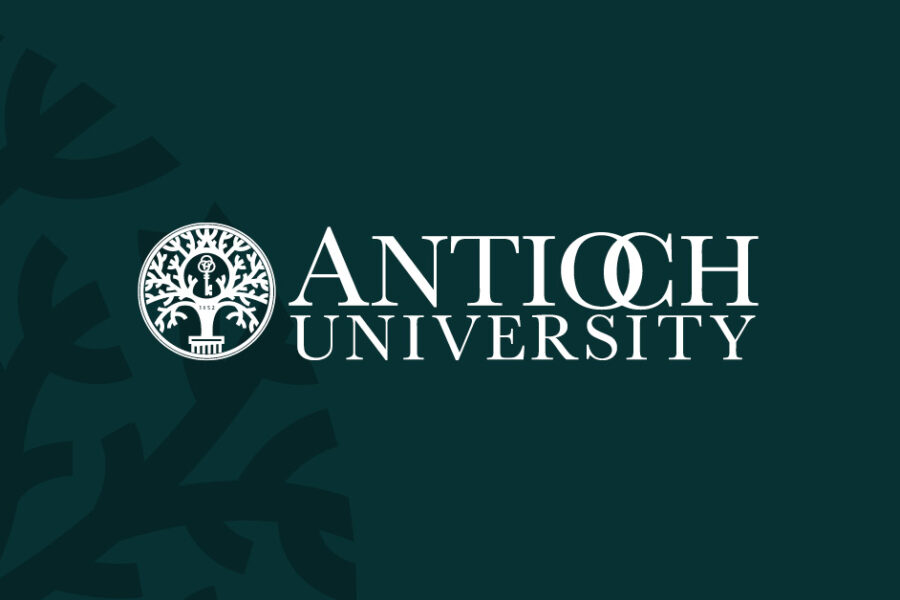“The course is all about gaining a nuanced perspective of the macro- and micro-level effects of globalization and human migration in the classroom,” says Dr. Caryn Park. She’s teaching “Globalization, Immigration, and Education: Critical Perspectives” at Antioch University Seattle again this year, taking a group of students on a journey of exploration as they dive deeply into the impact and experience of migration and globalization. With its combination of media, field trips, readings, and discussions, the course is a hit with its students. And it could not be more timely.
“On the one hand, globalization has allowed this wealth of knowledge sharing,” says Park. This shift into an open and deeply interconnected world has had some very positive effects. As she explains, “A student in rural India can have access to a course at MIT. That’s amazing. That’s so great.” But there’s a dark side to globalization, too. “On the other hand,” she explains, “the United States has become a cemetery for languages…I want students to understand that there are no guarantees when it comes to the outcome of globalization.”
Park has taught education courses across the country, an experience that has allowed her firsthand experience of the pros and cons of globalization at least across the U.S. She wants her students to take a critical approach to the effects of globalization in the classroom.
For instance, when Park speaks of the United States being a “language graveyard,” she emphasizes the tremendous pressure for immigrants to assimilate in this country. There is an expectation that immigrants will abandon traditions, customs, and language. The typical public school classroom is no exception to this pressure to assimilate. Even at school, becoming “American” so often means leaving the “Old World” entirely behind. It’s an experience Park knows all too well.
Park herself moved to the United States as a young child. She tells the story like it was yesterday. She assimilated into her new environment so well that she forgot how to speak Korean. Her teachers raved about how quickly she had immersed herself into the world of her peers. Her parents, however, were horrified. They weren’t interested in assimilation and did not see it as an indication of their daughter’s success in a new country. In fact, Park’s parents saw it as the opposite. After six years in the United States, they packed up the family and moved back to South Korea.
This early experience in the United States school system inspired her work with children in education. As she teaches her own students in “Globalization, Immigration, and Education: Critical Perspectives,” Park emphasizes the difficult situation that immigrant students are placed in: there is a great emphasis on helping them feel that they are part of the American fabric while at the same time they often have family encouraging them to remain in their culture of origin. It’s a difficult task for anybody to reconcile these two things, and especially young immigrants and the children of immigrants need all the support they can get. Says Park, the ultimate goal of the course is to bridge the gap between education and the immigrant experience by providing future teachers with the knowledge and skills to be able to support students from different backgrounds and cultures.
Students of the course have found it to be incredibly useful. Says Roslyn Smith, a student in the program with previous teaching experience, “As an educator, I always wondered who was making education policies that were so out of touch with the realities we deal with in schools. I would have never thought to look to globalization for my answer!” But taking Park’s course has helped her reckon with the ways the international economic order touches the lives of even the youngest students. As Smith explains, ”This class gave me great insight into the impact of globalization on education, health and environmental justice, and many other facets of life.”
Park sees one of her roles as helping her students make connections between their individual interests or passions and the larger themes of the course. In fact, she includes space for these kinds of experiences right in the course syllabus. During the quarter, each student gets a chance to lead a seminar based on their area of interest. Students assign class readings and lead a facilitated discussion.
One student, Luis Choc, found this to be a particularly useful experience. “Each student, including myself, presented different issues related to what is currently happening globally and how it affects us,” he says. He found the whole experience of the course transformational. As he explains, “Dr. Park’s class allowed me to develop a better understanding of the impact of globalization. But more than that, it challenged me to stretch my thinking above and beyond and develop new perspectives through class discussions and presentations.”
This is exactly how Park has designed the course. As she notes, the student-led portions are “another chance for students to think about how the course contexts apply to other topics that they may not have made connections with before.”
Patrick Greeley, another student who took the course, says that Park succeeded in making just these previously unseen connections. As he explains by email, “Our work related to issues of education on a global scale … That included standardized tests, who designs (and decides) curriculum, the banking method of education, the impact of globalization/capitalism on varying education models, the challenges facing children from immigrant/refugee households (more accurately, how our education system creates these challenges), and the philosophy of seeing students as ‘human capital.’”
Smith, the student with previous teaching experience, explains that this new and deeper understanding of how to teach young immigrants is changing her own teaching practicts. “I am the first face to our immigrant students and families,” she says. “I’ve heard their stories, and I’ve seen their struggles. Through this class, I was able to create a handbook for our school staff to understand how to best serve our immigrant students and families. It’s important that we understand some of our families have experienced a lot of trauma and as educators, we need to be equipped to support a positive transition into our school community.”
As one outcome of the course, Park hopes to continue making more educators aware of these issues facing immigrant students and families.
In some ways, the drive to teach this course is deeply personal for Park. “Imagine that a student immigrating from Korea in 2021 might not have to lose their language,” she says.
The more aware prospective educators are, the more effective they will be when walking into a multi-cultural classroom. Imagine the student immigrating ten years from now whose teachers will help them to have pride in who they are and where they come from—and to support them in sustaining their identities.
“Globalization, Immigration, and Education: Critical Perspectives” envisions a community of educators and peers who embrace students from different backgrounds rather than strip away all of the things that made them who they are.
Says her student Choc, “Taking this class allowed me to develop a critical perspective and ask many questions about my role as a global citizen and a prospective educator.” These are questions he wants to keep asking in the classroom. He’s very clear about what they are: “Questions such as how can I contribute to make the world a better place and promote educational equality? What can I do differently from what I am currently doing now or how can I change my thinking to help carve a path for a better tomorrow for those struggling due to the forces of globalization?”
And he’s not alone in feeling like this course transformed how he will teach in coming years. Says Park’s student Greeley, “‘Globalization, Immigration, and Education’ was an incredibly rewarding, insightful, and critical course for my goal as a future educator dedicated to social justice.” He adds, “Although the topics could be daunting from an outside perspective, it deepened my determination toward seeking equity for future students.”






